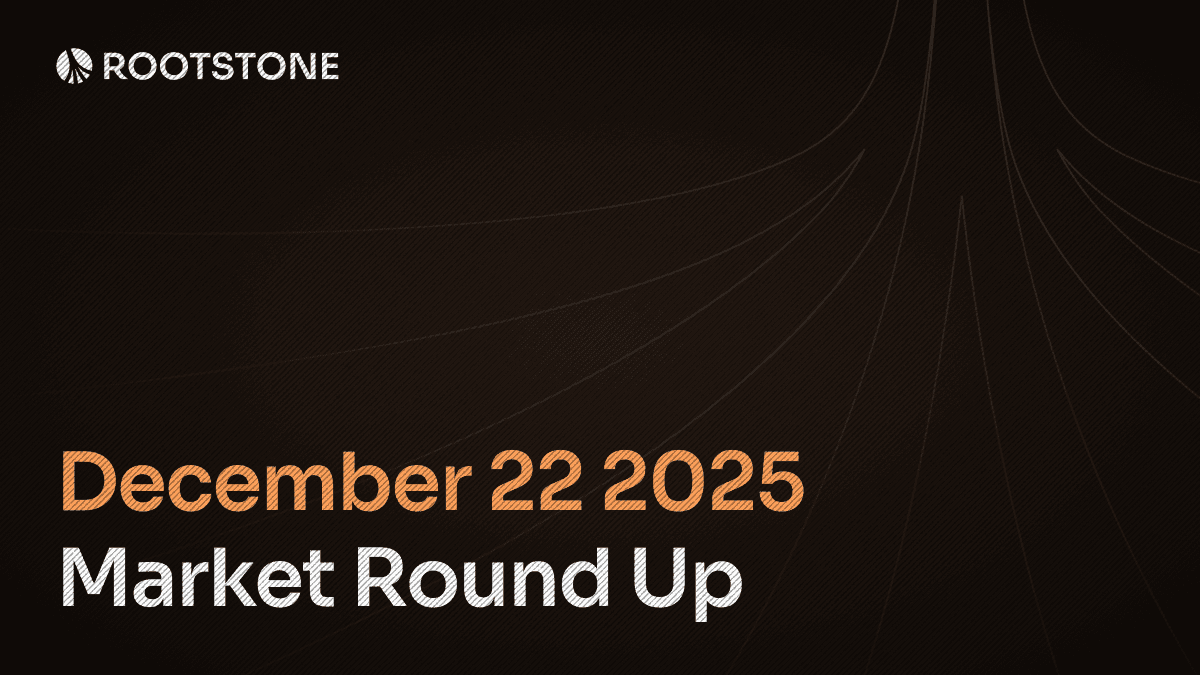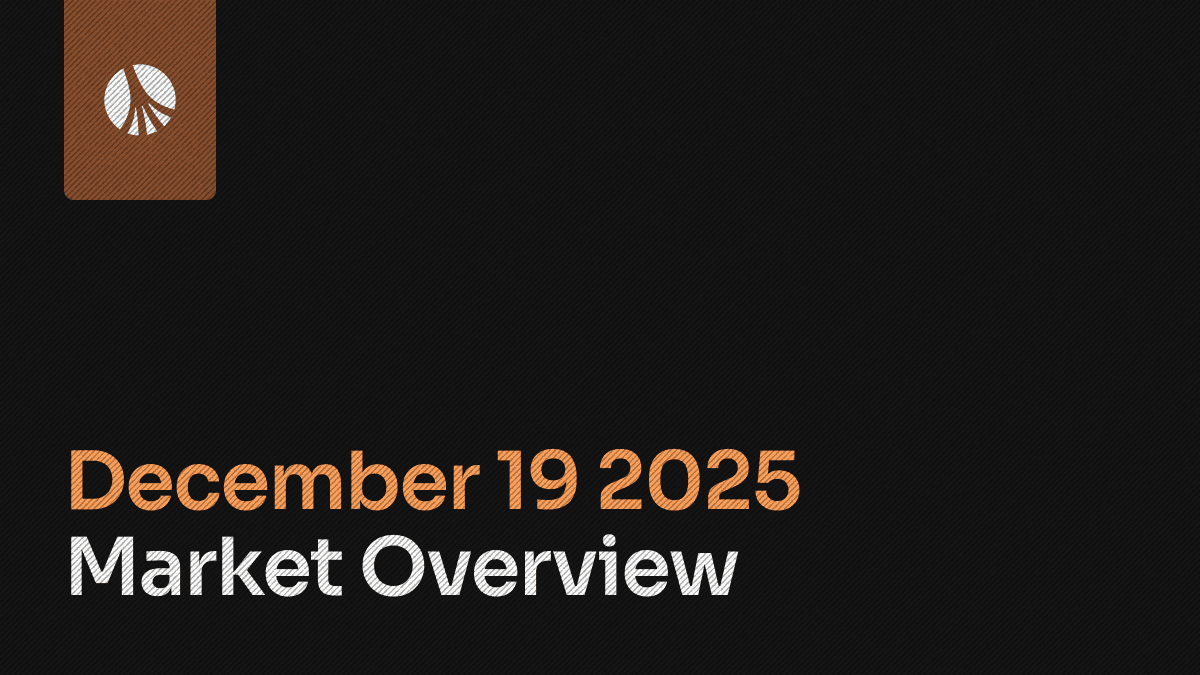Aug 13, 2025
Market makers play a crucial role in ensuring liquidity and smooth trading. But this role comes with significant challenges, chief among them being inventory risk. With global markets experiencing heightened volatility due to geopolitical tensions and rapid advancements in AI-driven trading, understanding inventory risk has never been more important. This blog post explores what inventory risk entails, why it's a big deal for market makers, and the strategies they employ to manage it effectively.
What Is Inventory Risk?
Inventory risk refers to the potential financial loss that market makers face from holding unsold securities or assets in their portfolio. Market makers, who are firms or individuals that provide liquidity by continuously quoting buy (bid) and sell (ask) prices for securities, often end up accumulating inventory when buy and sell orders don't perfectly match.
This imbalance exposes them to price fluctuations: if the market moves against their position—say, a stock's price drops while they're holding a large long position—they could incur substantial losses.
At its core, inventory risk arises from the asymmetry in trading. For instance, during a market sell-off, market makers might buy more shares than they sell, leading to a buildup of inventory. If they can't offload these assets quickly, they're stuck holding them at depreciating values. This risk is amplified in volatile markets, where prices can swing wildly, and it's particularly pronounced in less liquid assets like certain stocks, options, or cryptocurrencies.
Historically, inventory risk has been a key factor in market dynamics. Studies show that it influences bid-ask spreads, trading volumes, and even overall market prices, as market makers demand a risk premium to compensate for potential losses. In essence, it's the price of providing liquidity: without managing it well, market makers could face bankruptcy, as seen in past crises like the 1987 stock market crash or the 2020 COVID-19 market turmoil.
The Role of Market Makers in Financial Ecosystems
Market makers are the unsung heroes of exchanges, from the New York Stock Exchange to decentralized crypto platforms. They facilitate trading by standing ready to buy or sell, narrowing spreads, and reducing transaction costs for investors. In return, they profit from the bid-ask spread—the difference between what they buy and sell for.
However, this liquidity provision isn't without peril. Market makers must balance their books while dealing with informed traders (who know more about an asset's value) and noise traders (who trade randomly). Tools like the Volume-Synchronized Probability of Informed Trading (VPIN) help them gauge the likelihood of adverse selection, where they trade against better-informed parties, exacerbating inventory imbalances.
In 2025, with the rise of hybrid markets blending traditional and algorithmic trading, market makers' roles have evolved. They now operate in environments where AI and machine learning predict order flows, but inventory risk remains a constant threat.
How Market Makers Manage Inventory Risk
Effective management of inventory risk is essential for market makers' survival and profitability. Here are the primary strategies they use:
1. Hedging Positions
One of the most common tactics is hedging, where market makers offset their inventory exposure by taking positions in correlated assets or derivatives. For example, if holding a large stock inventory, they might short futures contracts on the same stock or a related index to neutralize price risk. Delta hedging, particularly in options markets, adjusts positions dynamically to maintain a neutral stance as market conditions change.
2. Dynamic Quoting and Inventory Skewing
Market makers adjust their bid and ask quotes based on current inventory levels. If inventory is too high (long position), they might widen the ask spread or lower the bid to encourage selling and discourage buying, helping to mean-revert their positions. Advanced algorithms use real-time data to skew quotes, incorporating factors like volatility and order flow.
3. Risk Limits and Stop-Loss Mechanisms
Setting strict inventory limits prevents excessive buildup. Automated systems, like Market Maker Protection protocols, withdraw quotes when risk thresholds are breached, avoiding imbalances during extreme events. Stop-loss orders automatically liquidate positions if losses hit predefined levels.
4. Diversification and Correlation Analysis
By spreading inventory across uncorrelated assets, market makers reduce overall risk. Understanding asset correlations allows for better hedging portfolios. In crypto markets, for instance, diversifying across tokens mitigates the impact of a single asset's volatility.
5. Advanced Analytics and AI Tools
Tools like VPIN enable real-time adjustments to quotes and inventory based on informed trading probabilities. Accurate volatility measurement is critical to avoid adverse selection. These strategies are often powered by sophisticated software that predicts price movements and manages risk in milliseconds.
Recent Developments in Inventory Management (as of 2025)
The landscape is evolving rapidly. In May 2025, researchers introduced Relaver, a reinforcement learning (RL)-based method that addresses both latency and inventory risk in market making, allowing for more adaptive strategies in high-frequency trading. Adaptive reward functions in automated market makers now let designers control inventory based on preferences, improving performance in decentralized finance (DeFi).Hybrid market models, where market makers interact with strategic and order-driven traders, are gaining traction, enhancing liquidity while managing risks better. Additionally, gamma squeezes in options trading have highlighted the need for balanced hedging, as seen in recent volatility spikes.
Risks and Considerations
Crypto ETFs are more than a product—they're a gateway to the future of finance, blending the innovation of blockchain with the stability of traditional markets. With approvals accelerating and institutions piling in, they're set to drive mainstream adoption, enhance portfolio strategies, and unlock trillions in value. As 2025 unfolds, watch for altcoin ETFs to take center stage, potentially turning crypto from a niche speculation into a core asset class. Whether you're a seasoned investor or a curious newcomer, now's the time to explore this transformative space. Stay informed, invest wisely, and ride the wave.
Conclusion: Navigating the Future of Market Making
Inventory risk is an inherent part of market making, but with hedging, dynamic strategies, and cutting-edge tech, it's manageable. As markets grow more complex in 2025, mastering these techniques will separate successful market makers from the rest. Whether you're a trader, investor, or fintech enthusiast, understanding this risk underscores the delicate balance of liquidity and stability in our financial systems.
Whether you’re looking to enhance market liquidity, execute large trades, optimize treasury operations, or explore strategic partnerships, Rootstone is here to help.




